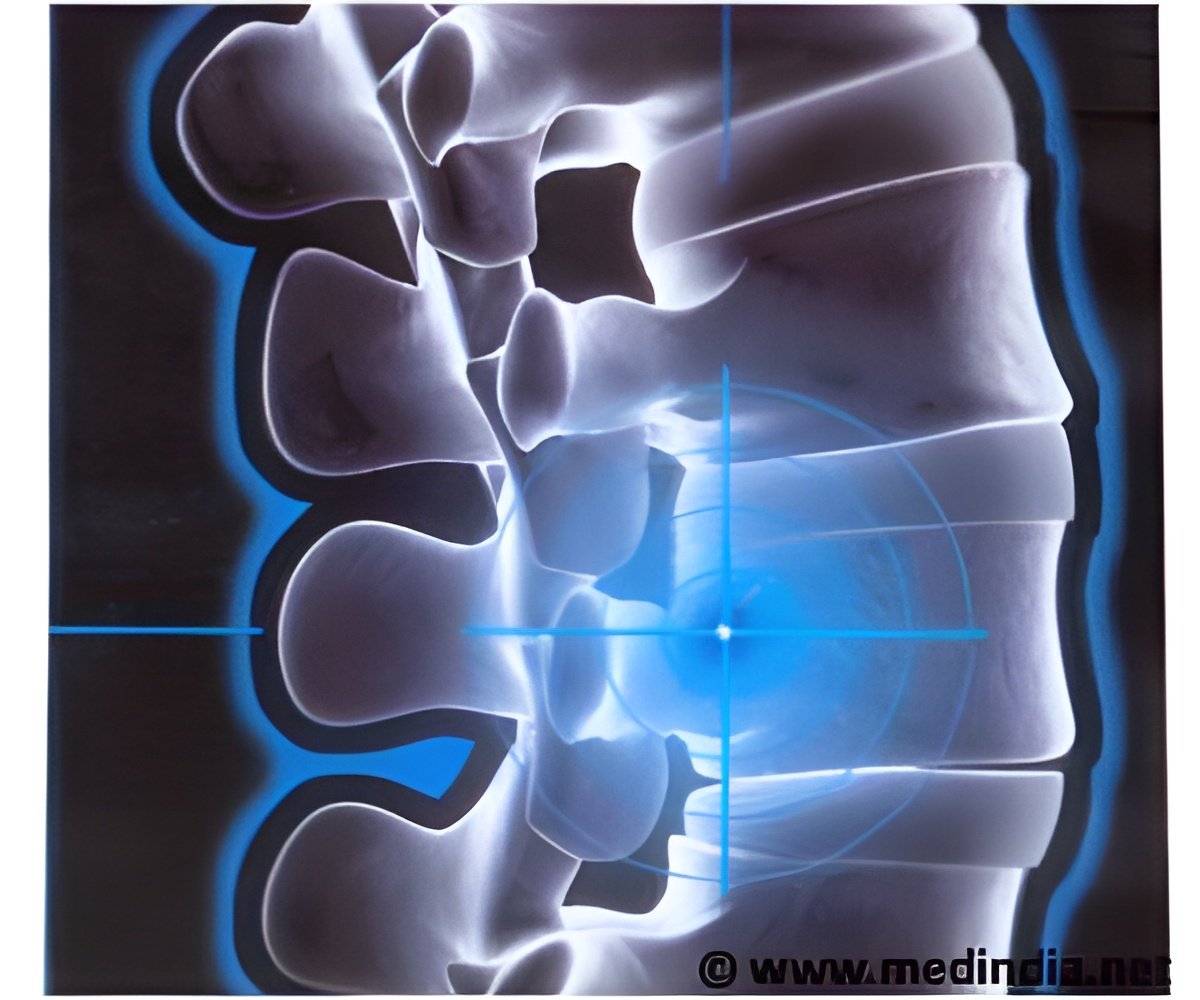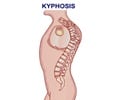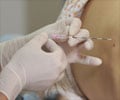Most patients need nothing more than vigilant monitoring following a surgery and should be spared costly and risky anti-clotting medications since blood clots rarely occur, a new study has found

The Johns Hopkins' team findings, published online July 15 in the journal Spine, narrow down the pool of high-risk patients and should help clinicians better determine which children might benefit from treatment with anti-clotting drugs. Pre-emptive anti-clotting therapy should be considered only in a small subset of patients with a markedly elevated risk for developing dangerous blood clots, the research team says. These include patients older than 18, children with spinal curvatures present at birth and those with spinal curvatures that are part of an overall syndrome and are accompanied by other underlying medical conditions that may interfere with normal blood clotting.
"Our findings should help clinicians weigh the pros and cons of pre-emptive treatment and focus on those who stand to benefit the most," says senior investigator Paul Sponseller, M.D., M.B.A., chief of pediatric orthopaedics at Johns Hopkins. "Most children undergoing spine surgeries should be perfectly safe without medication. Treatment should be reserved for the handful of patients who have a real risk of developing dangerous clots. In these patients, the benefits of treatment far outweigh the risks."
Overall, blood clots were rare — 21 episodes for 10,000 surgeries, on average — and no patients died as a result of one, the study found. But heightened risk emerged in certain subgroups. Specifically, children with congenital scoliosis — a spinal curvature present at birth — were four times more likely to develop deep-vein clots than other children undergoing spinal surgeries. Those who underwent surgery to repair spinal fractures were 12 times more likely to develop a clot. Children whose spinal curvature was part of a syndrome were seven times more likely to develop a blood clot than others. Older children were also at increased risk for clot formation, the researchers found, with risk rising 1.2 times per year of age.
The investigators say that children with congenital scoliosis or those with scoliosis that is part of a syndrome tend to have underlying medical conditions that may predispose them to clot formation. The elevated blood clot risk seen among trauma patients, on the other hand, is likely fueled by the prolonged inactivity often required following trauma and surgery.
"Prolonged inactivity impedes blood circulation and can foster clot formation, which can drive up clotting risk in trauma patients following spinal surgery, as some of them tend to have multiple fractures or other injuries that require immobilization for weeks, even moths, on end," says lead investigator Amit Jain, M.D., a third-year orthopaedic surgery resident at Johns Hopkins.
Clots that form deep in the veins, known as deep vein thrombosis can travel to the lungs where they can clog an artery and cut off vital oxygen supply to the rest of the body. The condition, known as pulmonary embolism, can be quickly fatal and requires emergency treatment.
Source-Eurekalert
 MEDINDIA
MEDINDIA


 Email
Email






